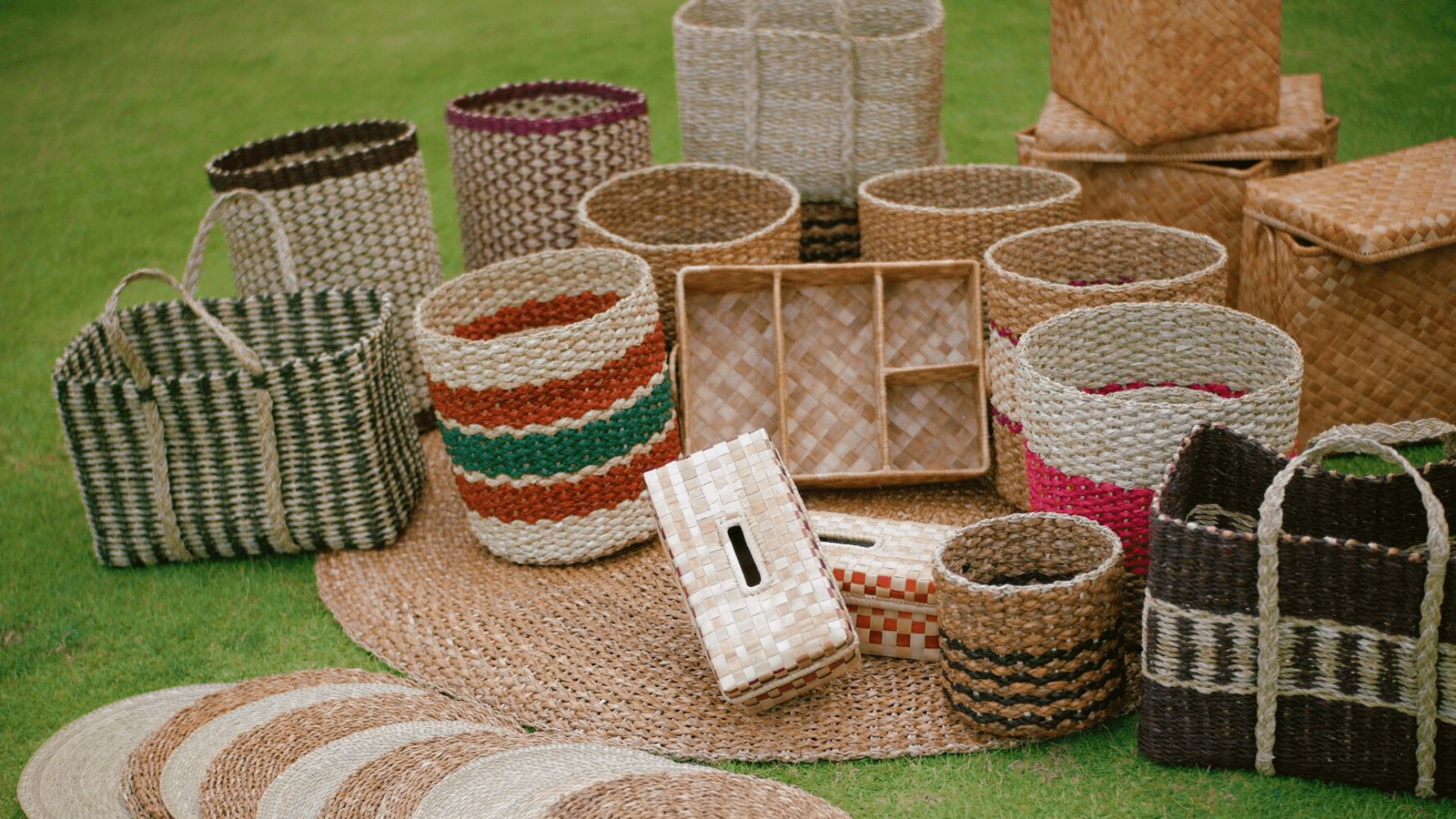Introduction to Filipino Home Decor
Filipino decorations are a splendid blend of culture, tradition, and artistry. Growing up in the Philippines, I was always surrounded by the vibrant colors and intricate designs that characteristically reflect our rich heritage. Whether it’s the use of indigenous materials or the ways we incorporate family heirlooms, Filipino home decor offers a unique flavor that invites warmth and nostalgia. In this article, we will explore various aspects of Filipino decorations at home, including traditional and modern styles, and share tips on how you can infuse this beauty into your living space.
The Essence of Filipino Decorations
Filipino decorations are not just about aesthetics; they tell stories, evoke memories, and represent a lineage. Many designs are derived from nature, history, and Filipino cultural practices. Let’s break down the essential elements that make Filipino decorations truly unique.
Traditional Filipino Elements
Some traditional elements often found in Filipino homes include:
- Capiz Shells: Often used in lamps, windows, and decor, Capiz shells symbolize coastal beauty.
- Weaving: Textiles like banig (handwoven mats) and inabel (traditional Ilocano fabric) add texture and vibrancy.
- Wood Carvings: Intricate designs in furniture and accents reflect craftsmanship and artistry.
Modern Interpretations
With the evolution of design, contemporary Filipino decor has emerged. Modern interpretations often blend traditional motifs with minimalistic styles. Here are a few noteworthy trends:

- Fusion Furniture: Combining traditional wood with metal for a chic look.
- Color Palettes: Earthy tones with splashes of vibrant colors typical of Filipino art.
- Indigenous Patterns: Use of abstract designs that echo cultural significance in a modern context.
How to Incorporate Filipino Decorations in Your Home
Incorporating Filipino decorations can create a warm and inviting atmosphere. Here are practical tips to get started:

1. Create a Focal Point with Capiz Decor
Using Capiz shell chandeliers or wall hangings can serve as the perfect focal point in any room. Their translucent quality allows for beautiful light diffusion, creating a cozy ambiance.
2. Use Handwoven Textiles
Incorporate traditional fabrics in your throw pillows, curtains, or even as table runners. The textures of these materials can elevate the overall aesthetic of your space.

3. Display Wooden Craftsmanship
Invest in handmade wooden furniture or decorative pieces. Not only do they last long, but they also add a touch of authenticity to your decor.
4. Integrate Indoor Plants
Filipinos have a deep-rooted love for nature. Adding indoor plants can bring life into your home and reflect the natural beauty of the Philippines.

Decorating Your Home: A Room-by-Room Guide
Living Room
The living room is often the heart of the home. Here’s how to make it reflect Filipino elegance:

- Use a large Capiz shell chandelier as a statement piece.
- Add a native woven rug to create warmth.
- Incorporate family photos in traditional frames.
Kitchen and Dining Areas
The kitchen and dining areas are where family gathers, making them essential for Filipino home decor:
- Consider using wooden dining furniture with ornate carvings.
- Display pots and pans made from traditional materials on open shelves.
- Accent your table with woven placemats and locally sourced tableware.

Bedrooms
Bedrooms should evoke tranquility, and here’s how to do it:
- Select bedding with indigenous prints or colors inspired by nature.
- Use bamboo or rattan accessories to infuse warmth.
- Personalize the space with locally crafted art pieces.
Home Office/Study
Your home office can be a place of inspiration:
- Incorporate a hardwood desk with intricate designs.
- Utilize local art pieces to motivate your creativity.
- Keep a small indoor plant for freshness and productivity.
Comparing Traditional and Modern Filipino Decor
| Aspect | Traditional Filipino Decor | Modern Filipino Decor |
|---|---|---|
| Materials | Natural materials like wood, rattan, and Capiz shells | Combination of natural and synthetic materials |
| Design Elements | Intricate carvings, vibrant colors | Simplified lines, subtle colors |
| Functionality | Focus on craftsmanship and artistry | Emphasis on space optimization and multi-functionality |
Pros and Cons of Filipino Home Decor
Pros
- Cultural Significance: Each piece often tells a story.
- Durability: Many items are made from high-quality materials.
- Timeless Beauty: The aesthetic appeal of Filipino designs never goes out of style.
Cons
- Cost: High-quality handcrafted items can be expensive.
- Maintenance: Some materials may require special care.
- Availability: Authentic items may not always be readily available in all regions.
Conclusion
Filipino decorations embody a rich tapestry of culture and history that can transform your home into a warm, inviting sanctuary. By blending traditional elements with modern interpretations, you can create a unique space that reflects your personality and heritage. Encourage family and friends to appreciate the beauty of Filipino design and the stories they tell. Embrace this cultural richness, and watch your home flourish with the essence of the Philippines!
FAQs about Filipino Decorations at Home
What are the most popular materials used in Filipino home decor?
Some of the most popular materials include Capiz shells, rattan, bamboo, and indigenous fabrics.
How can I find authentic Filipino decorations?
Look for local artisan shops, online marketplaces specializing in handmade products, or visit Philippine cultural exhibitions.
Are Filipino decorations suitable for modern homes?
Yes! Many Filipino designs can be adapted to fit modern aesthetics. The key is finding a balance between traditional and contemporary styles.
How do I maintain Filipino decor items?
Depending on the material, it’s best to follow specific care instructions. Generally, dusting regularly and avoiding moisture can help maintain their beauty.
Can I mix Filipino decorations with other styles?
Absolutely! Mixing styles can create a unique and personalized look. Just ensure that your selections complement each other harmoniously.